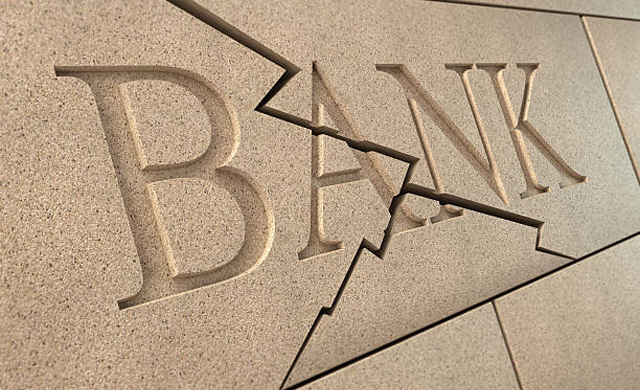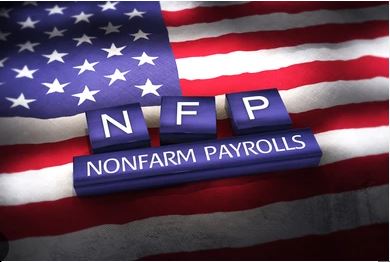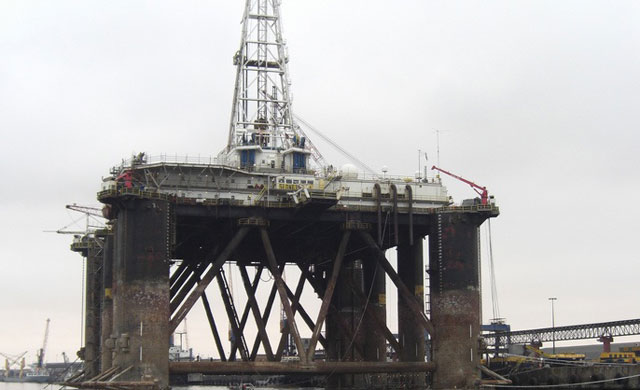On Tuesday the International Monetary Fund peered into the future, providing its informed guesses on what is going to happen to our economies (World Economic Outlook). It does not paint rosy pictures.

(BTW: I’ve gone even more into cash with the sale of my shares in the industrial and office property company J Smart)
Far worse than 2008
IMF:
“The output loss associated with this health emergency and related containment measures likely dwarfs the losses that triggered the global financial crisis.
Second, like in a war or a political crisis, there is continued severe uncertainty about the duration and intensity of the shock.
Third, under current circumstances there is a very different role for economic policy.”
The worst economic conditions we have faced in a long time
“It is very likely that this year the global economy will experience its worst recession since the Great Depression. The Great Lockdown, as one might call it, is projected to shrink global growth dramatically.”
Baseline scenario
There are various paths we might be forced down, but the main determinant on how bad the path we follow will be is the length of the lockdown.
The IMF start by assuming a fairly short lockdown period of three months (Q2) and then “the pandemic fades in the second half of 2020 and containment efforts can be gradually unwound,” resulting in a total loss of 8% of working days this year for severe epidemic countries and 5% of days for other countries.
Then “the global economy is projected to contract sharply by –3 percent in 2020, much worse than during the 2008–09 financial crisis”.
This scenario assumes that global growth in 2021 will be positive 5.8% as economic activity normalises.
The IMF acknowledge the “extreme uncertainty” around this forecast. “Many countries face a multi-layered crisis comprising a health shock, domestic economic disruptions, plummeting external demand, capital flow reversals, and a collapse in commodity prices. Risks of a worse outcome predominate.”
In the baseline scenario the western world is hit far harder than the developing world where GDP for the latter is 1% down for 2020, pushed up by a China rebound this year.
The West does not recover all lost ground by the end of 2021 – see table.
IMF projections using its baseline
| 2019 growth | 2020 GDP falls projection, % | 2021 GDP rise projection, % | ||||
| World | 2.9 | -3.0 | 5.8 | |||
| USA | 2.3 | -6.1 | 4.5 | |||
| Euro area | 1.2 | -7.5 | 4.7 | |||
| UK | 1.4 | -6.5 | 4.0 | |||
| Emerging Market & Developing Countries | 3.7 | -1.0 | 6.6 |
From the table I conclude that a three-month lockdown is likely to result in 2022 GDP only being about the same as it was late 2018 in the USA, the Euro area and the UK, after having put the population through the appalling experienced of a slump in supply and demand.
The mechanism for falling output
Initial shock
“Curtail[ed] mobility, with particularly acute effects on sectors that rely on social interactions (such as travel, hospitality, entertainment, and tourism). Workplace closures disrupt supply chains and lower productivity.
Layoffs, income declines, fear of contagion, and heightened uncertainty make people spend less, triggering further business closures and job losses.
Domestic disruptions spill over to trading partners through trade and global value chain linkages, adding to the overall macroeconomic effects.”
Amplification channels
“Flight to safe assets and rush to liquidity put upward pressure on borrowing costs and credit has become more scarce, aggravating financial strains.
Rising unemployment………………To read more subscribe to my premium newsletter Deep Value Shares – click here http://newsletters.advfn.com/deepvalueshares/subscribe-1


 Hot Features
Hot Features













